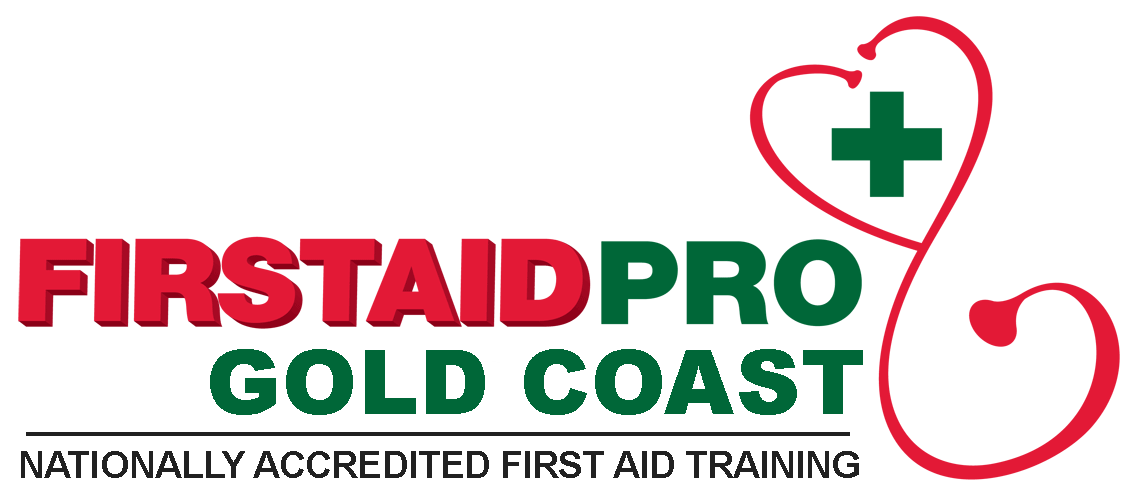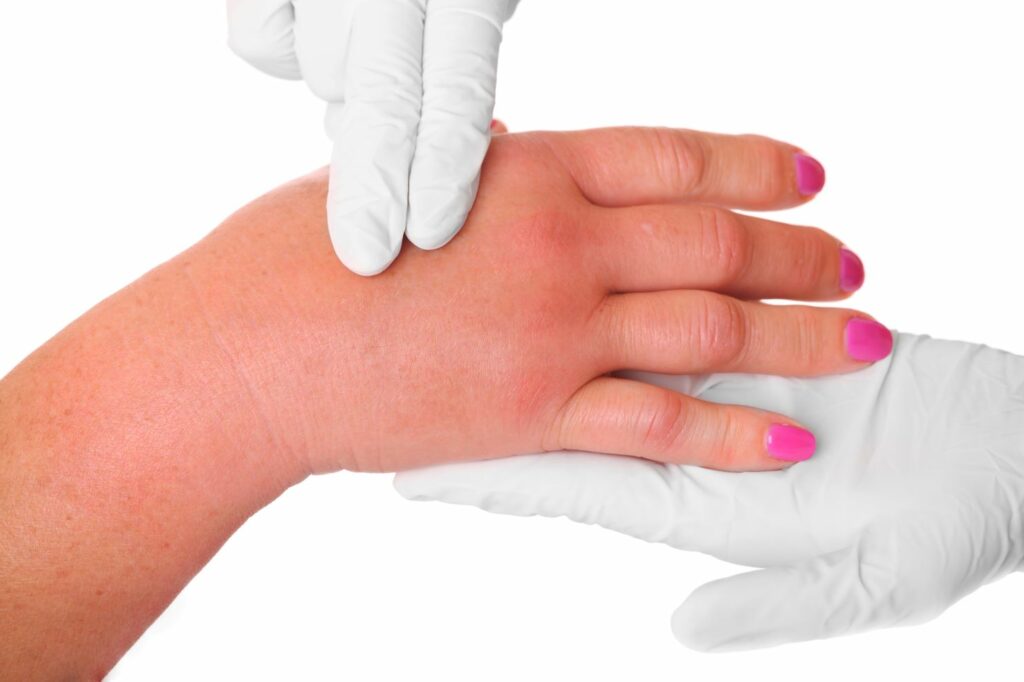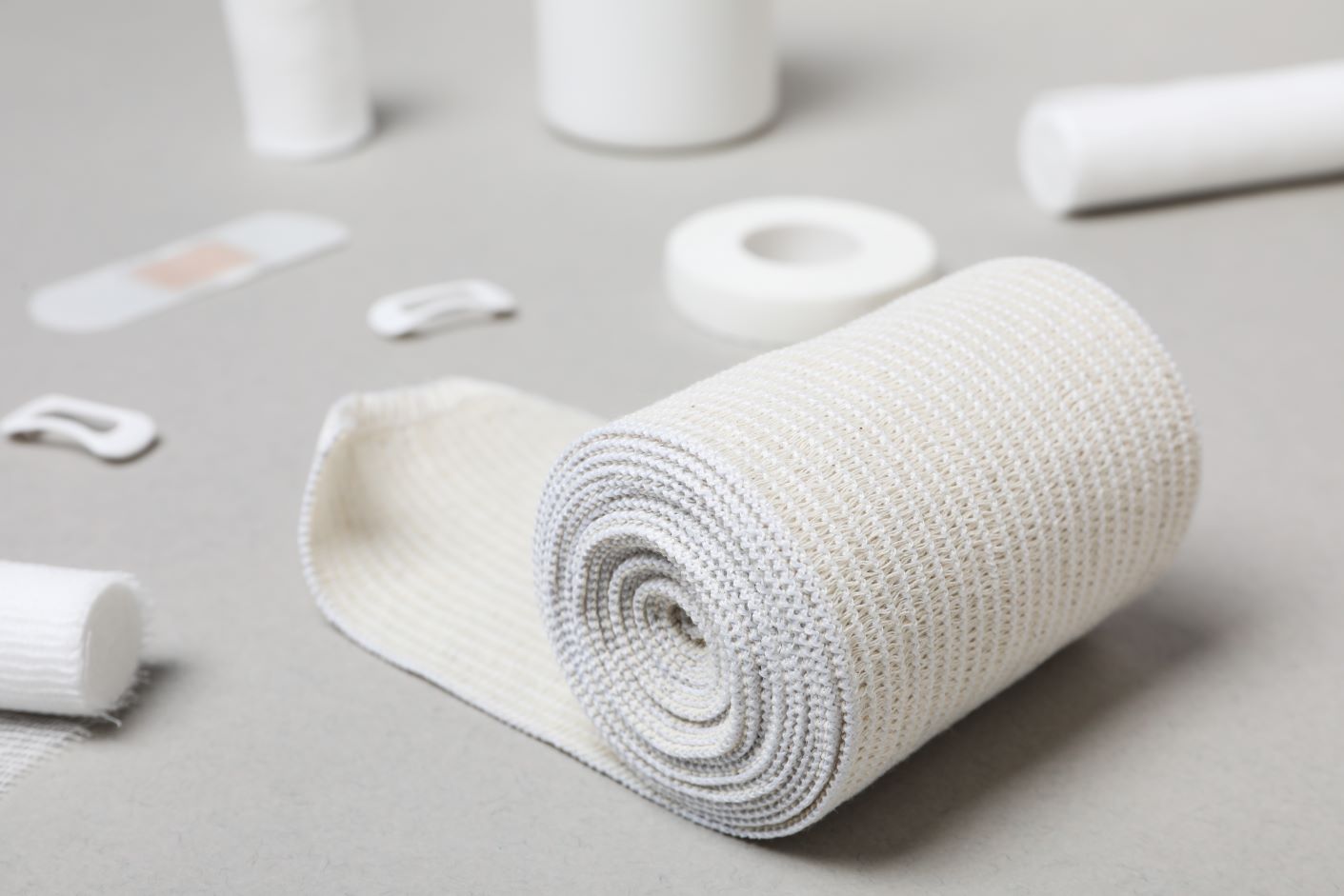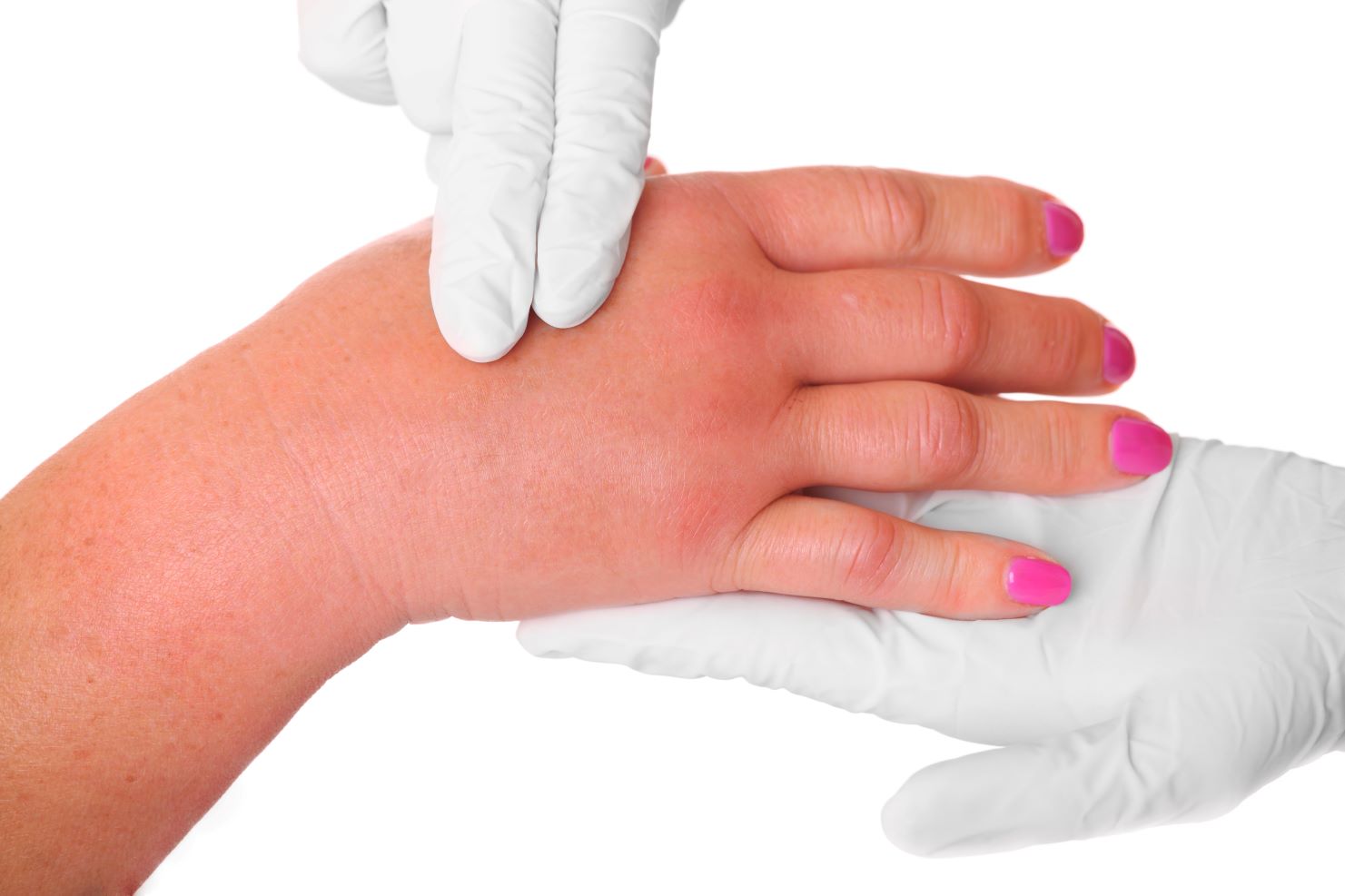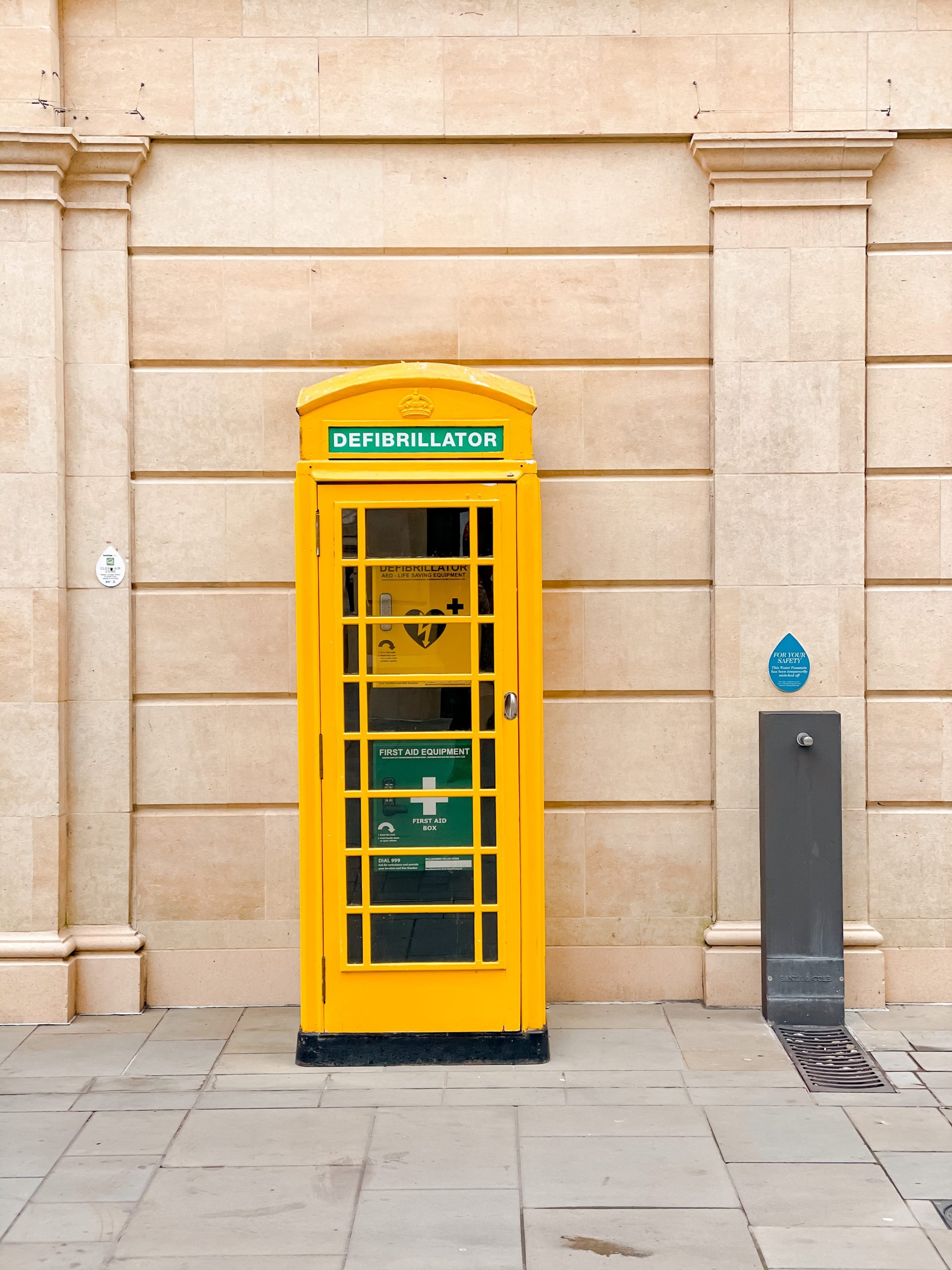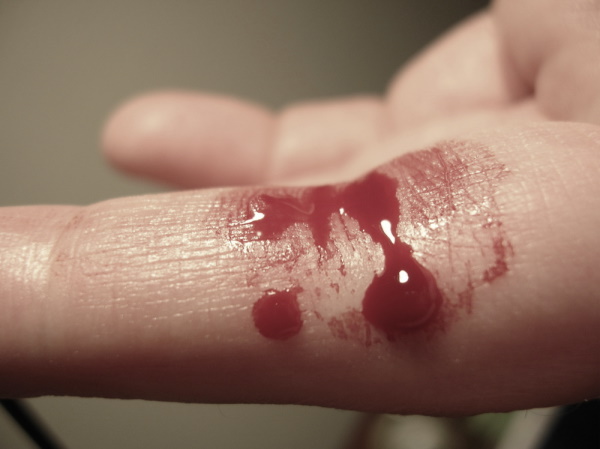Swelling from an injury can be managed by various methods learned through formal training like ‘HLTAID011 – Provide First Aid.’ One effective way is to apply cold therapy, like ice packs or cold therapy systems, to the injured area. This helps reduce blood flow and restricts the excess fluid that causes swelling. Another method is to use elastic bandages to compress the affected area, which also helps in reducing swelling and promoting the healing process. Seeking medical attention is important if the swelling is severe or accompanied by intense pain, as it could indicate further injury or complications.
To reduce swelling from an injury, it’s crucial to understand the body’s response and how to manage it effectively. Swelling occurs because of increased blood flow and the accumulation of excess fluid in the injured area. To reduce swelling, applying cold therapy, like ice packs or ice baths, can help constrict blood vessels and decrease inflammation. Elevating the injured body part above the heart level can also aid in reducing swelling by promoting proper fluid drainage. Using compression bandages or wraps can also provide support and decrease the swelling by compressing the injured tissue. However, it’s necessary to seek medical attention if the swelling persists or worsens, as it could indicate a more serious condition.
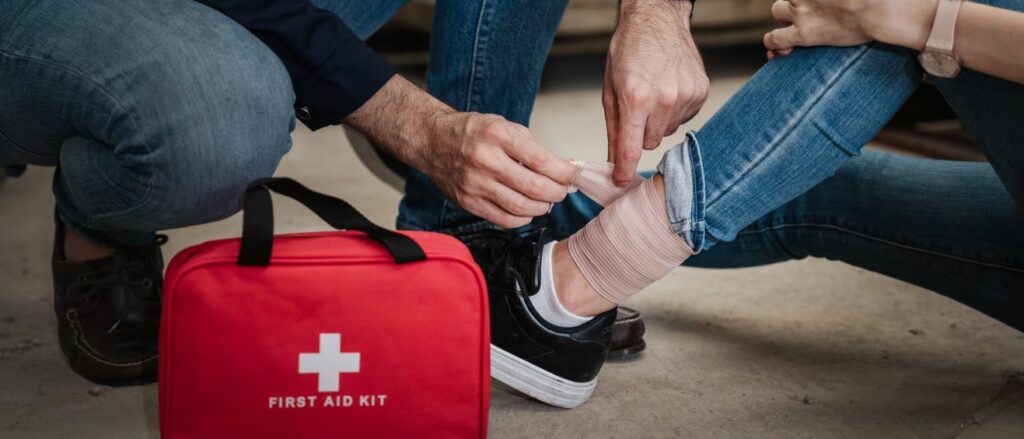
Swelling is a normal reaction of the body to an injury, but it’s important to know how to manage it properly for a faster recovery. Applying the RICE method, which stands for rest, ice, compression and elevation, can help reduce swelling and promote healing. Resting the injured body part allows the damaged cells to repair themselves while applying ice or cold therapy helps constrict blood vessels and reduce inflammation. Compression, through the use of elastic bandages or compression wraps, can help limit the swelling by applying pressure to the injured area. Elevating the injured body part above the heart level helps in draining excess fluid and reducing swelling. However, if the swelling persists or is accompanied by severe pain, it’s essential to seek medical attention to rule out any further damage or complications.
Learning first aid for children and adults alike can equip anyone with the skills to identify and treat swelling of all kinds.
Understanding Swelling and Its Causes
Swelling occurs in the body after an injury as a normal reaction to the inflammatory response. It is caused by increased blood flow and the accumulation of excess fluid in the injured area, leading to the abnormal enlargement of the affected body part.
The role of blood flow and white blood cells in the swelling response is crucial. Increased blood flow brings white blood cells to the injured tissue, which helps in the healing process by removing damaged cells and promoting cellular metabolism.
Reducing swelling is important to promote healing and prevent further damage. This can be achieved through various methods like applying cold therapy, using ice packs or cold therapy systems, elevating the injured body part, and using compression techniques like elastic bandages or compression bandages. These techniques restrict blood flow and decrease the accumulation of excess fluid. Seeking medical attention and following the advice of a healthcare professional, especially in cases of severe swelling or other complications, is always recommended.
Cold Therapy for Reducing Swelling
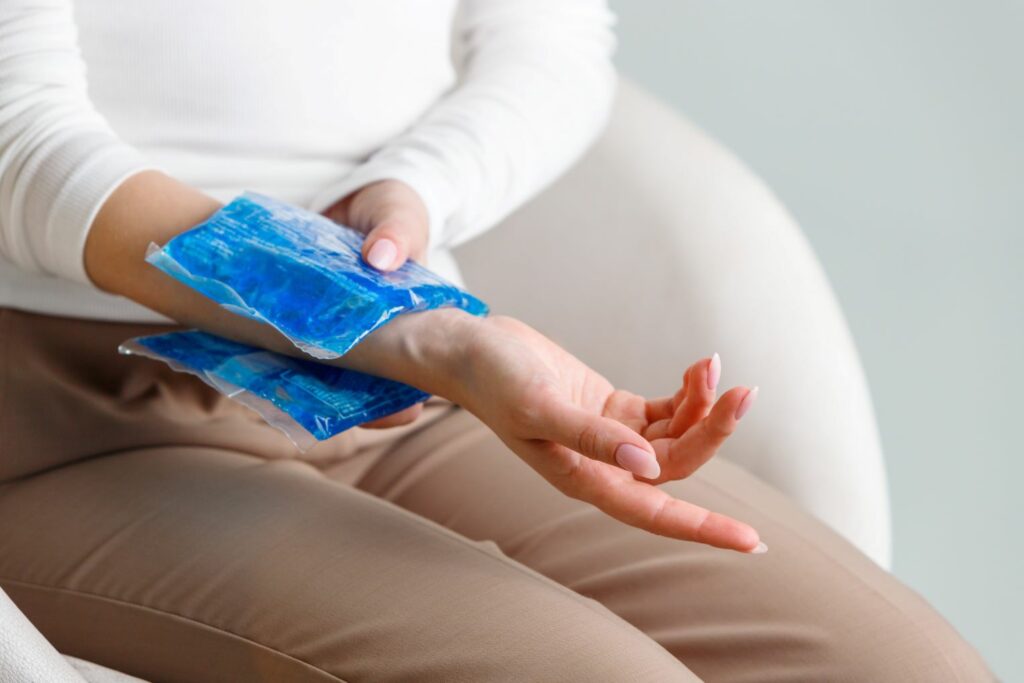
Swelling from an injury can be reduced by using cold therapy techniques like ice packs or ice baths. Cold therapy helps to constrict blood vessels and decrease the excess fluid in the injured area, which reduces swelling and promotes healing.
Cold therapy helps avoid further injury. Applying cold therapy for too long or abusing it can restrict blood flow and potentially cause more harm. It is recommended to follow the guidelines provided by healthcare professionals or seek medical attention if needed.
Cold therapy systems, ice packs and ice baths are effective in reducing swelling in soft tissue injuries. They work by constricting blood vessels, decreasing blood flow, and reducing the accumulation of excess fluid in the injured area. It is important to use cold therapy as directed and avoid putting weight on the affected area to allow the body to heal faster.
When using cold therapy, it is crucial to apply compression using elastic bandages or compression bandages. This helps to further restrict blood flow and reduce swelling. Elevating the injured body part above the heart level can also aid in reducing swelling and promoting healing.
If the swelling persists or worsens, medical attention is non-negotiable. Swelling accompanied by severe pain, abnormal enlargement or other complications may require further evaluation and treatment by a healthcare professional. Resting the injured body part and avoiding activities that may cause further damage are also essential during the healing process.
Compression and Elevation Techniques
Swelling is a common symptom of injury, and it can be quite uncomfortable. When the body is injured, whether it’s a sprained ankle or a bruised muscle, the damaged tissues release chemicals that trigger an inflammatory response. This response leads to increased blood flow to the injured area, causing excess fluid to accumulate and resulting in swelling. To reduce swelling, one effective method is to apply compression. Compression bandages or elastic bandages can be used to wrap the injured body part tightly, which helps restrict blood flow and prevent further swelling. By applying pressure to the affected area, compression bandages help to reduce the amount of fluid that accumulates, allowing the body to heal faster.
Another way to reduce swelling is by elevating the injured body part. When you elevate the injured area, like raising your leg after spraining your ankle, it helps to reduce blood pooling and promote drainage. By positioning the injured body part above the level of your heart, gravity assists in moving the excess fluid away from the affected area. This can be particularly helpful in reducing swelling in the lower extremities, like swollen feet or ankle swelling. Elevating the injured body part also helps to decrease the pressure on the damaged tissues, providing relief from pain and swelling. Remember, if the swelling persists or is accompanied by severe pain or other complications, it is important to seek medical attention for a proper diagnosis and treatment plan.
Rest and Avoiding Further Damage

Rest is incredibly significant for reducing swelling and promoting healing in the body. When we rest, we allow our injured body to recover without putting any additional strain on the injured body part. This helps to minimise blood flow to the injured area, which in turn helps to reduce swelling. Resting also allows our body’s white blood cells to focus on repairing the injured area, rather than being diverted to other activities.
Besides rest, avoiding activities that may cause further damage or increase swelling is crucial. This means refraining from any strenuous or high-impact activities that could worsen the injury. By avoiding these activities, we can prevent additional trauma to the affected area and allow the body to heal more effectively.
If the swelling is severe or persistent, it is important to seek medical attention. This is especially true for injuries that involve soft tissue or if there are other symptoms like pain and swelling. A healthcare professional can provide a proper diagnosis and treatment options, like cold therapy systems or compression bandages, to help reduce swelling and promote healing. Seeking medical attention is crucial to ensure that any underlying issues are addressed and to prevent any further complications.
Final Thoughts
To reduce swelling from an injury, it is critical to apply cold therapy, use compression techniques, elevate the injured body part, rest, and avoid activities that may cause further damage. Seeking medical attention is necessary if the swelling is severe or accompanied by intense pain.
